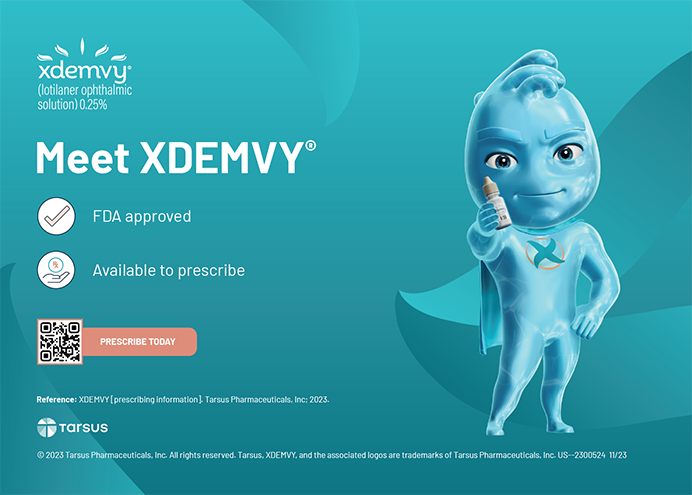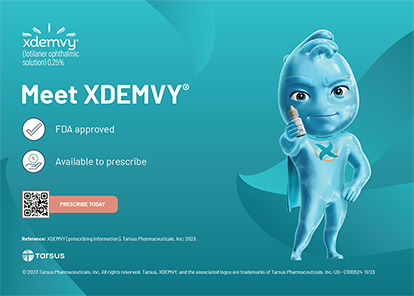The following letter is in response to CRST’s August 2017 cover series.
It is Groundhog Day in health care—at least in ophthalmology, dermatology, and orthopedics anyway. Back in the 1990s, financial wizards made a killing rolling up all sorts of fragmented businesses like waste management, dry cleaning, and funeral parlors. Since these were real businesses, this turned out to be a win-win for both the finance guys and the business owners who sold their businesses. As it turned out, whether or not the owner of the local funeral parlor goes to work, customers were still dying to use the facilities (pun intended).

On paper, a fragmented medical business should be amenable to the same sort of financial machination. Take a bunch of smallish practices that are in the same market segment, roll them up into a single entity, and reap the benefits of size and financial expertise. Three very significant “oh, by the way” things got missed back in the ’90s, when private equity first found ophthalmology. First, no one got the message about applying the sound business practices that saved millions of dollars when one massive garbage company acquired multiple smaller companies. Second, the financial wizards were swept up in initial public offering (IPO) madness and never made an investment in the ophthalmology business; rather, they simply tried to massage the numbers until the company could go public. Third is the fact that a privately held medical practice is different from a business like trash hauling.
The private equity (PE) groups that are interested in ophthalmology today are not making the first two mistakes again. My good friend Brett Katzen, MD, has been open about how difficult it has been for him to go from being the sole decision maker to, on occasion, being asked his opinion.1 Another good friend, David R. Hardten, MD, notes that the PE group that his practice partnered with provided the capital needed for a highly desired expansion plan on day 1. PE is now behaving in health care just like it behaves in the plastic molded injection industry.
It is the third point that caused the physician practice management company adventure to come crashing to a close in the ’90s, and it is the one still in play today. You see, a privately held medical practice is not a business—at least not like a business that makes products or provides services that are performed by nonowners. Profit in a medical practice like those that are the initial targets of PE groups is largely the salaries paid to the doctors who work in them. This is also true for the practices that are bolted on to the nodal practices, the smaller niche or boutique practices, or ones that round out a geographic footprint. Therefore, profit in every PE deal I have seen today is achieved by reducing the income of the doctors who still work, at least initially.
In addition to a bundle of upfront money, the financial hook in the current PE deals is that the larger business will be sold for a higher multiple than the one the doctors sold initially. Every other PE group should be sending vigorish to EyeCare Services Partners, the only deal that has already closed a second transaction and proved that this can actually be done. I truly hope that practices like Minnesota Eye Consultants and Katzen Eye Group have a huge jump in profit from the new clinics, proving that having a capital partner can enhance physician investment gains. Everything else, though, is as much pie-in-the-sky as those promised IPO gains of the ’90s.
How do you value a so-called lifestyle practice? The freedom from managerial duties and regulatory burdens that no longer owning the practice will bring? The prediction here is that those practitioners will hear from their new PE boss about inadequate charting leading to improper coding long before the practice would have suffered an audit. That burden is still on you, Doc.
What I am trying to say is akin to what Heinlein said so well in The Moon Is a Harsh Mistress: there ain’t no such thing as a free lunch. While I certainly think today’s PE wizards are more likely to add value and grow the cash pile than the carpetbaggers of the ’90s, I think we should all be careful not to get swept up in something that is great for a few specific circumstances and maybe not so much for most.
What if scaling is not the goal? What if building something that is easily replicated and therefore amenable to standard-issue financial engineering is not what drives you? More so, what if the pot at the end of the rainbow is not really the goal as much as the rainbow itself? Ours is a specialty that is awash in wonderful stories of quirky practices (and individuals) that are uniquely wonderful creations. Quite frankly, I am a bit astonished to hear myself say this, but isn’t it possible that your handsome ongoing cash flow is more than what you need right now, allowing you to choose your own unique accomplishment?
I will rejoice without an ounce of envy when my friends who choose the PE route reach their pot of gold. We should all spend some time deciding if our own path lies not at the end of but forever happily on the rainbow.
Darrell E. White, MD
founder, Skyvision Centers, Westlake, Ohio
dwhite2@skyvisioncenters.com
1. Katzen B. View From a Ferrari. Cataract and Refractive Surgery Today August, 2017;17(8):70-72. bit.ly/ViewFromFerrari.




